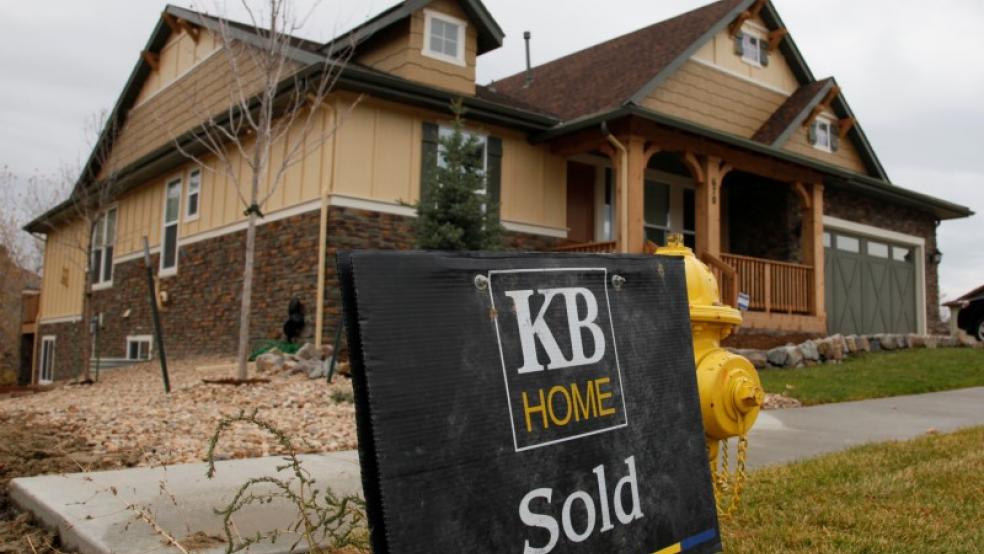The number of homebuyers considering a riskier mortgage — a kind of loan that became notorious during the housing boom and crash — has doubled since the presidential election.
Last week, 9 percent of total home loan applications were for adjustable-rate mortgages, or ARMs. That’s twice the level seen in the first week of November 2016. It’s also the highest level since October 2014, according to the Mortgage Bankers Association.
Related: The 9 Hottest Housing Markets to Start 2017
“We’ve had more inquiries about ARMs, hesitantly, but the questions are there,” says Pava Leyrer, chief operating officer of Northern Mortgage Services. “It’s just not about the rate. Housing is so extremely tight with bidding wars that people feel pressured to raise their price and need a lower rate, but in many cases, it’s not enough to make a difference.”
The average rate for 30-year fixed-rate mortgages was at 4.46 percent last week, while the 30-year fixed-rate loan backed by the FHA — popular among first-time homebuyers — increased to 4.33 percent from 4.29 percent the week before.
By contrast, the average rate for a 5/1 ARM — fixed rate for five years and variable after that — fell to 3.41 percent from 3.45 percent.
The difference can really add up. The monthly payment for a 30-year loan at the current rate on a $180,000 mortgage is $807 (not including taxes and insurance). For a 5/1 ARM at the current rate, it’s $710 (without taxes or insurance). However, that payment can adjust either up or down after five years, depending on the interest rates at the time.
Many rates on ARMs track LIBOR, a widely-used benchmark. LIBOR lags the federal funds rate set by the Federal Reserve, which is currently between 0.75 percent and 1 percent. The Fed’s median forecast for the rate after 2019 is 3 percent, meaning LIBOR will eventually increase and drag the ARM along with it. Depending on the parameters of the ARM, the rate could move up to 5.41 percent after five years, possibly more.
Related: 3 Awesome Tiny Homes That Cost Less Than $45,000
Unlike the ARMs during the go-go years of the housing bubble, these ARMs — usually with a fixed-rate period between five and 10 years — must include a disclosure that shows the very worst-case scenario for your rate and monthly payment. ARMs today also don’t have prepayment penalties and offer lower caps on the interest rate.
ARMs are also easier to get because you qualify based on the lower teaser rate. Still, they are not good for every homebuyer. Those with great credit, sufficient cash reserves and who expect to be moving to another house before the teaser rate expires are good candidates for an ARM.
It also “allows a prudent borrower to save the difference between a 30-year mortgage and adjustable-rate mortgage and do something smart with that payment differential,” says Scott Sheldon, a loan officer with Summit Funding. Otherwise, less disciplined borrowers might want to stick with the more traditional fixed-rate loan.





